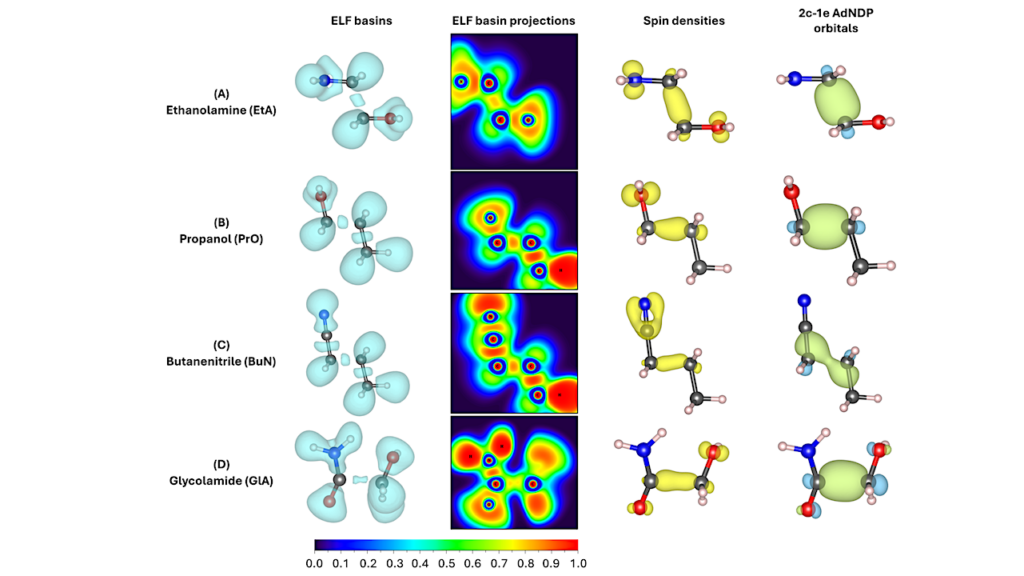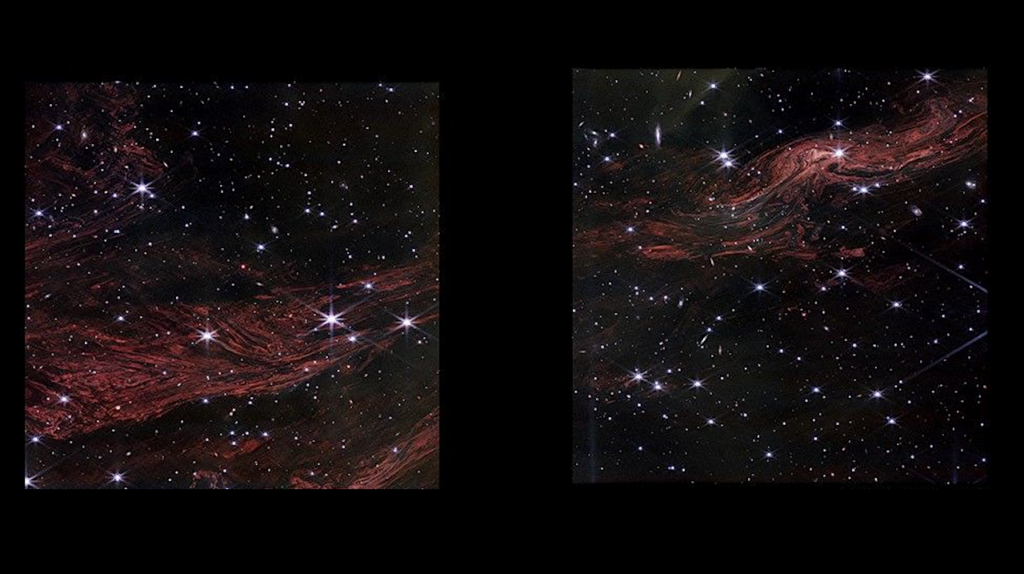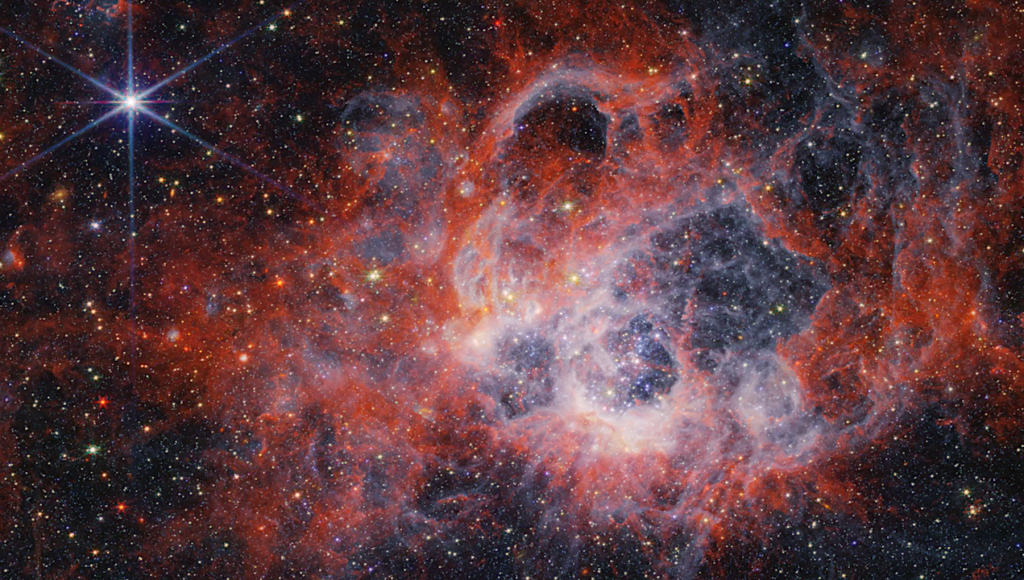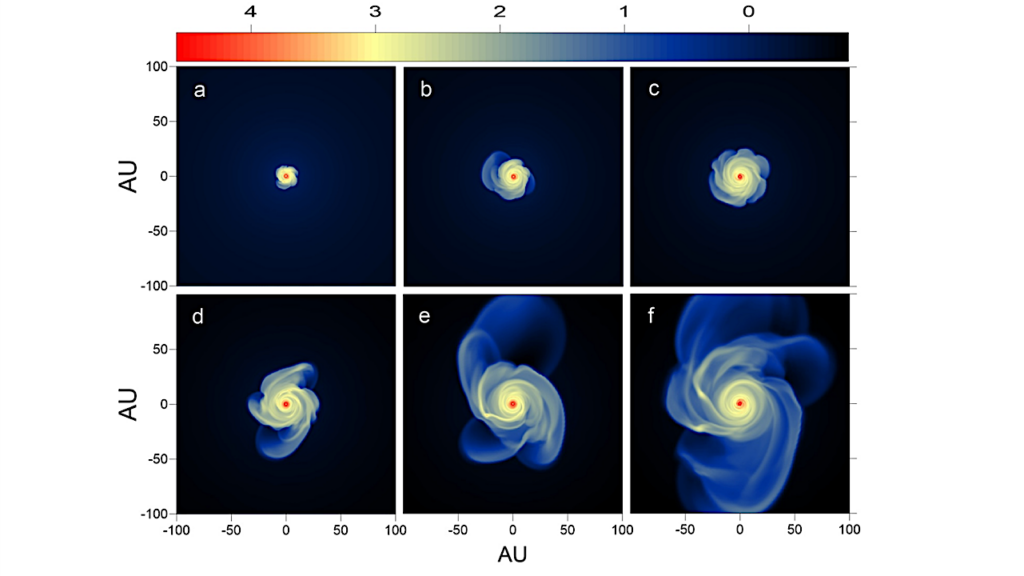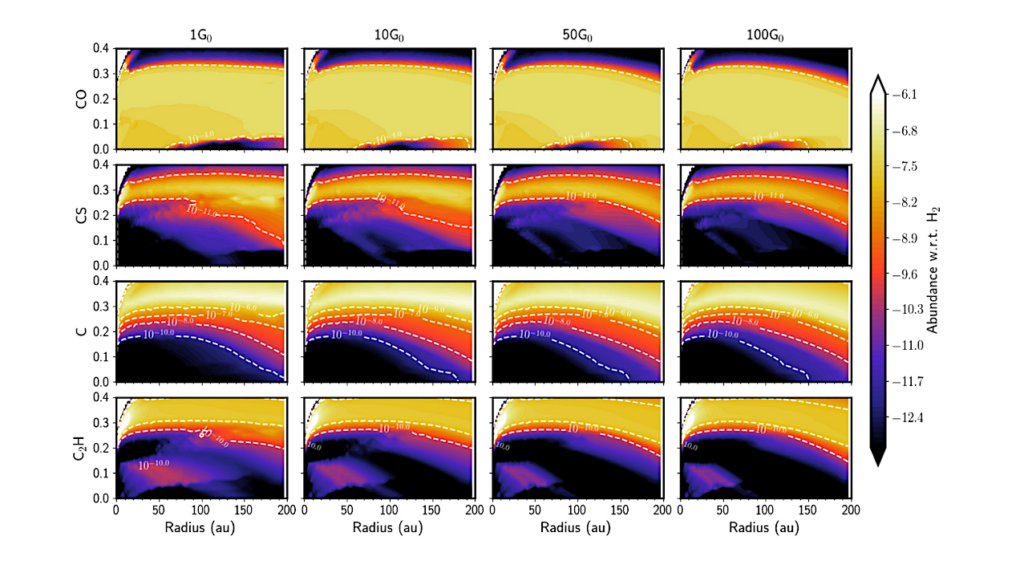Benchmark Studies On The Isomerization Enthalpies For Interstellar Molecular Species

With the well-established correlation between the relative stabilities of isomers and their interstellar abundances coupled with the prevalence of isomeric species among the interstellar molecular species, isomerization remains a plausible formation route for isomers in the interstellar medium.
The present work reports an extensive investigation of the isomerization energies of 246 molecular species from 65 isomeric groups using the Gaussian-4 theory composite method with atoms ranging from 3 to 12. From the results, the high abundances of the most stable isomers coupled with the energy sources in interstellar medium drive the isomerization process even for barriers as high as 67.4 kcal/mol. Specifically, the cyanides and their corresponding isocyanides pairs appear to be effectively synthesized via this process. The following potential interstellar molecules; CNC, NCCN, c-C5H, methylene ketene, methyl Ketene, CH3SCH3, C5O, 1,1-ethanediol, propanoic acid, propan-2-ol, and propanol are identified and discussed.
The study further reaffirms the importance of thermodynamics in interstellar formation processes on a larger scale and accounts for the known isomeric species. In all the isomeric groups, isomerization appears to be an effective route for the formation of the less stable isomers (which are probably less abundant) from the most stable ones that are perhaps more abundant.
Emmanuel E. Etim
Comments: Accepted for publication in the Journal of the Nigerian Society of Physical Sciences; 40 pages, 15 tables, 9 figures
Subjects: Astrophysics of Galaxies (astro-ph.GA)
Cite as: arXiv:2302.05911 [astro-ph.GA] (or arXiv:2302.05911v1 [astro-ph.GA] for this version)
Submission history
From: Emmanuel Etim
[v1] Sun, 12 Feb 2023 13:25:24 UTC (1,062 KB)
https://arxiv.org/abs/2302.05911
Astrobiology, Astrochemistry


